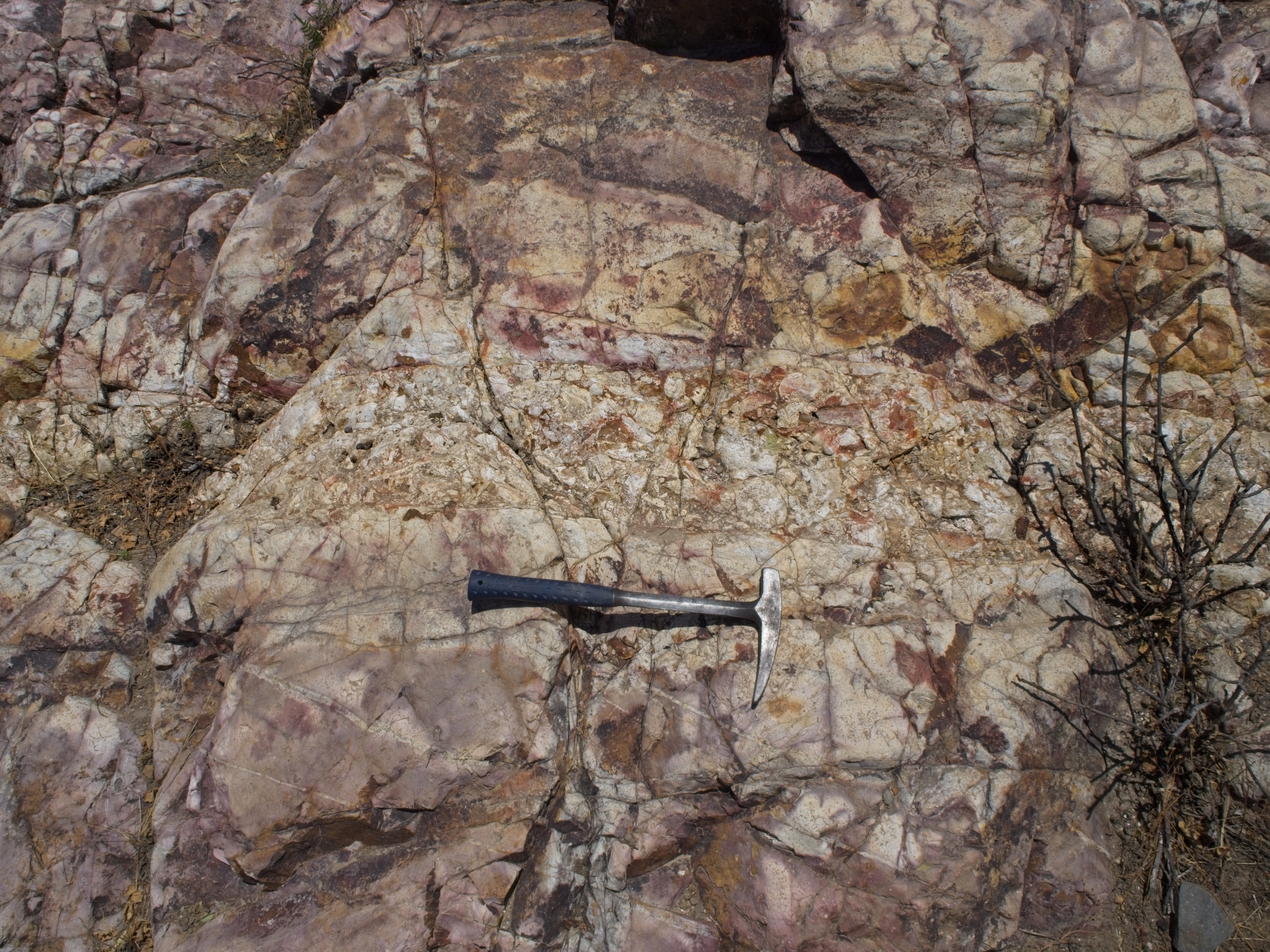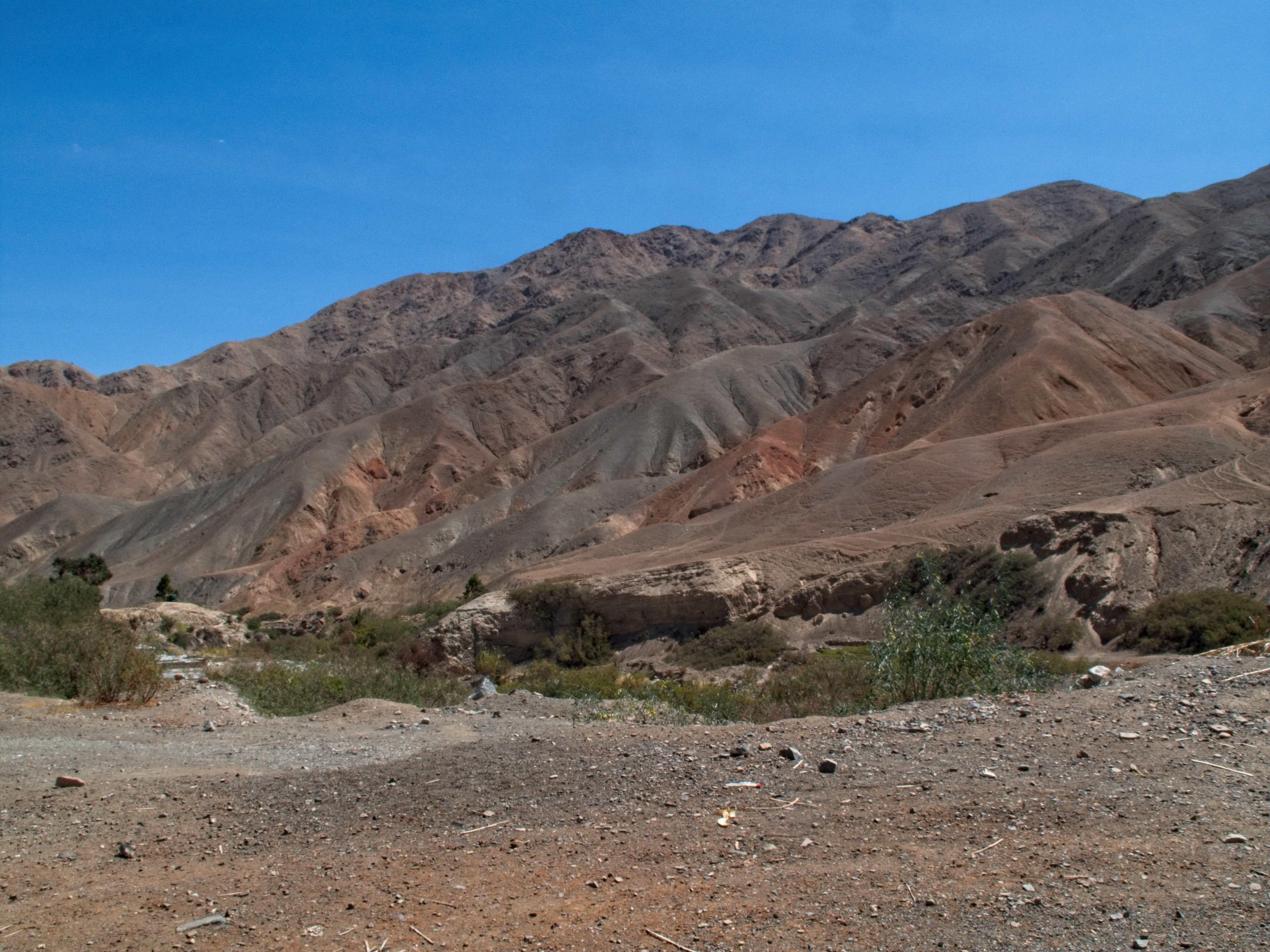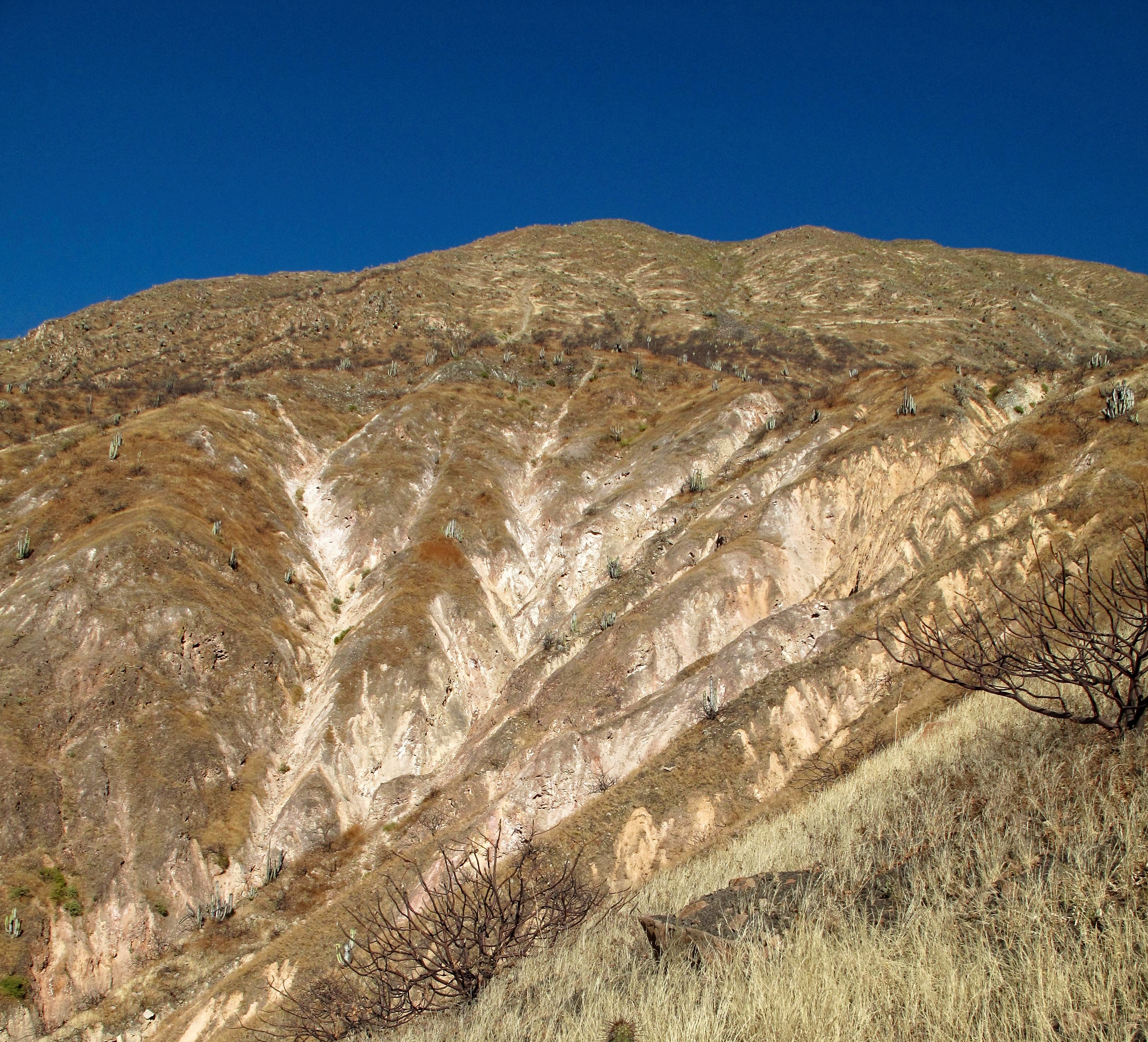







Sitemap
Contact
23678 108 Loop
Maple Ridge, BC
Canada
604-466-0425
info@globetrottersresources.ca
V2W 1B2

Antalla is Porphyry Cu-Mo target of inferred Paleocene-age within 1000 ha of mineral tenure. The project is located on the northwest continuation of the Paleocene magmatic arc segment between Arequipa and Moquegua where large porphyry Cu-Mo systems occur (Cerro Verde, Cuajone, Toquepala, Quellaveco).
A large, 2.5 x 1.0 km porphyry-related hydrothermal alteration zone appears to encompass two
overlapping hydrothermal centres hosted in equigranular granodiorite that is part of the Coast
Batholith of Peru. Alluvium covers the central part of the alteration zone. Outcrops distributed
around the perimeter of cover contain sparse quartz veinlets overprinted by entre are distributed
around a broad is contain cored by quartz-sericite-pyrite (phyllic) alterationis exposed on the margins
of a broad, alluvial filled valley. Small-scale copper mining operations have exploited Cu-enriched
zones localized along discrete phyllic-related pyrite veins extending outward from the porphyry
centre. A quartz-feldspar porphyry stock crops out near the northern limit of hydrothermal alteration
zone. The target has not been drill tested.

Guacano is a Paleocene Porphyry Cu-Mo target within 700 ha of mineral tenure. The project is located near the southern end of Southern Peru Copper Belt. This belt is interpreted to continue south into Chile where Cerro Colorado and Spence are located.
Geologic mapping has outlined an exploration target approximately 3.2 x 1.8 km coinciding with a
hydrothermal alteration zone centred on an outcropping, porphyry intrusion. Outcrop sampling
demonstrates the hydrothermal system is copper bearing. Quartz veinlets developed in and around
the porphyry intrusion are overprinted by quartz-sericite-pyrite (phyllic) alteration. Primary sulfides
removed from surface exposures by weathering indicate potential for enrichment zones below.
Alluvium covers most of the phyllic alteration zone to the east of the porphyry exposures.
Hydrothermal breccia units cropping out on the hillside west of the exposed porphyry intrusion
suggests a hypogene porphyry target extends into this area beneath propylitic alteration mapped at
surface.

Astobamba is a Porphyry Cu-Mo and Skarn target within 1000 ha of mineral tenure located in the Miocene Mineral Belt. Elevation of the project reaches 3000 m. This early-stage project exhibits to geological similarities to Antamina (1,066 Mt @ 0.89% Cu, 0.02% Mo, 0.71% Zn, 10.25 g/t Ag) and Toromocho (2,151 Mt @ 0..45% Cu, 0.02% Mo, 7.09 g/t Ag), which are deposits prominent in the Miocene Mineral Belt further north.
A quartz monzonite porphyry stock is exposed on the property and contains a quartz vein stockwork
mineralized with molybdenite and chalcopyrite. Potassic alteration and skarn mineralization is
developed in the sedimentary host rocks adjacent to the porphyry. The alteration footprint
surrounding the porphyry exposure is 2 x 1.5 km and encloses a second alteration centre that has
only received preliminary reconnaissance. Anomalous copper geochemistry from outcrop sampling
is associated with the large zone of hydrothermal alteration. The prospect has not been drill tested.
The project is situated close to power and transport infrastructure. The local community has been
supportive of exploration activities.

Pucacorral is Porphyry Cu-Mo target interpreted to be Paleocene-age within 600 ha of mineral tenure. The project is located on the northwest continuation of the Paleocene magmatic arc segment between Arequipa and Moquegua where large porphyry Cu-Mo systems occur (Cerro Verde, Cuajone, Toquepala, Quellaveco).
A large, 1.9 x 1.0 km porphyry-related hydrothermal alteration zone is exposed on the margins of a broad,
alluvial filled valley. Small-scale copper mining operations have exploited Cu-enriched zones
localized along discrete phyllic-related pyrite veins extending outward from the porphyry centre. A
quartz-feldspar porphyry stock crops out near the northern limit of hydrothermal alteration zone. The
target has not been drill tested.